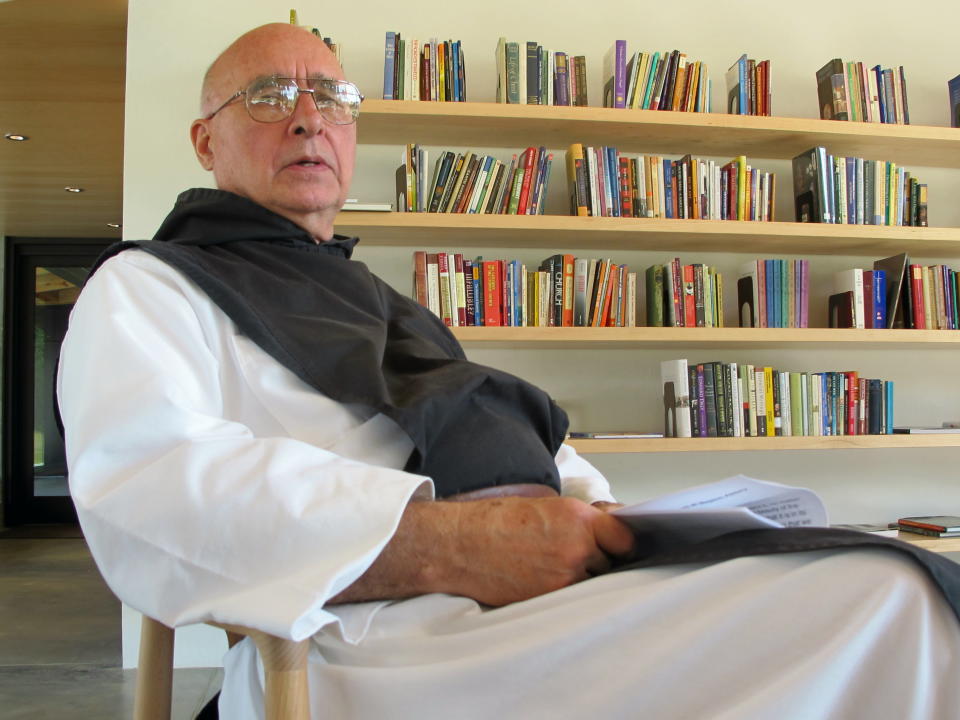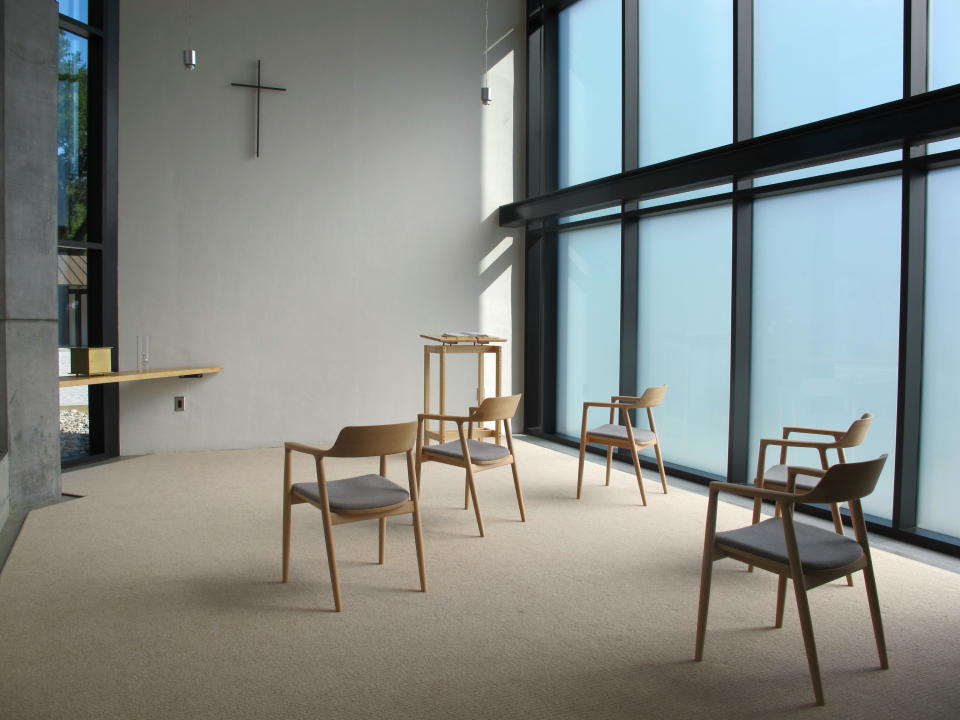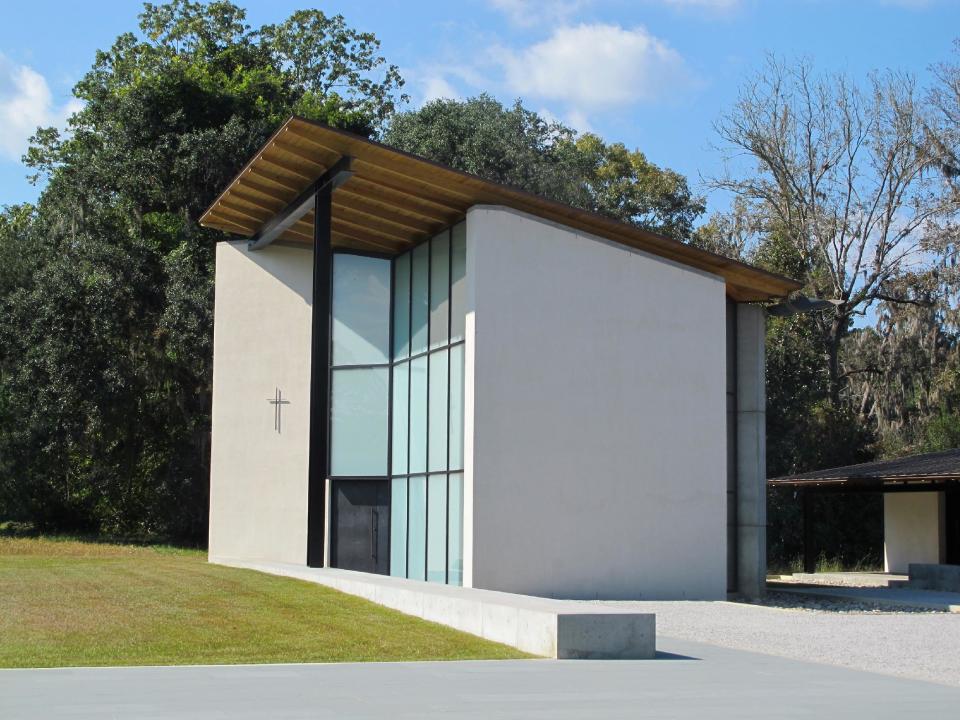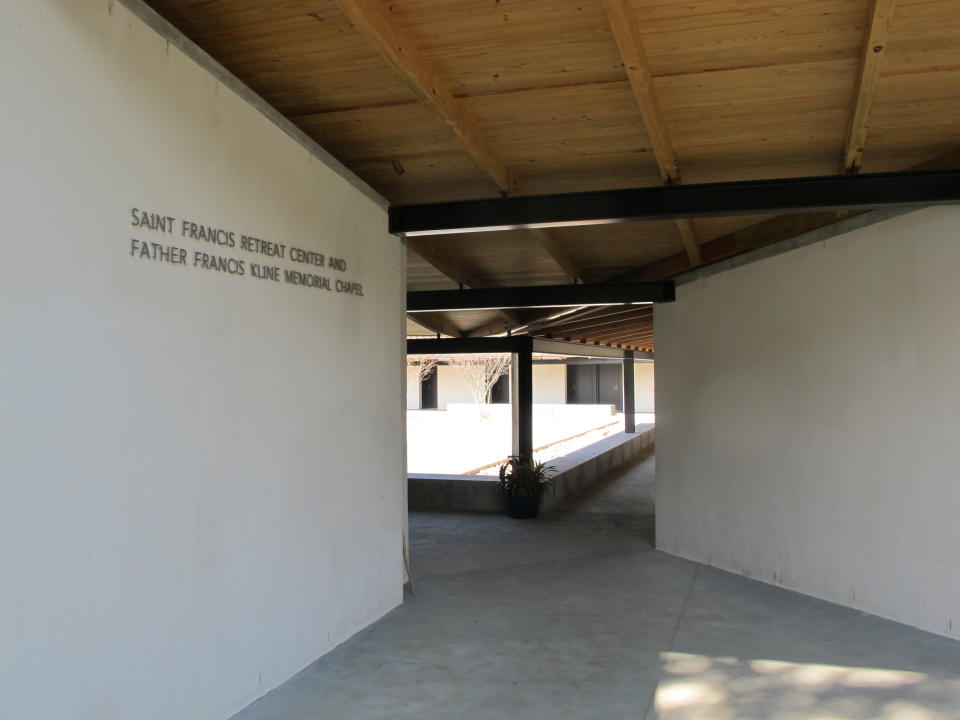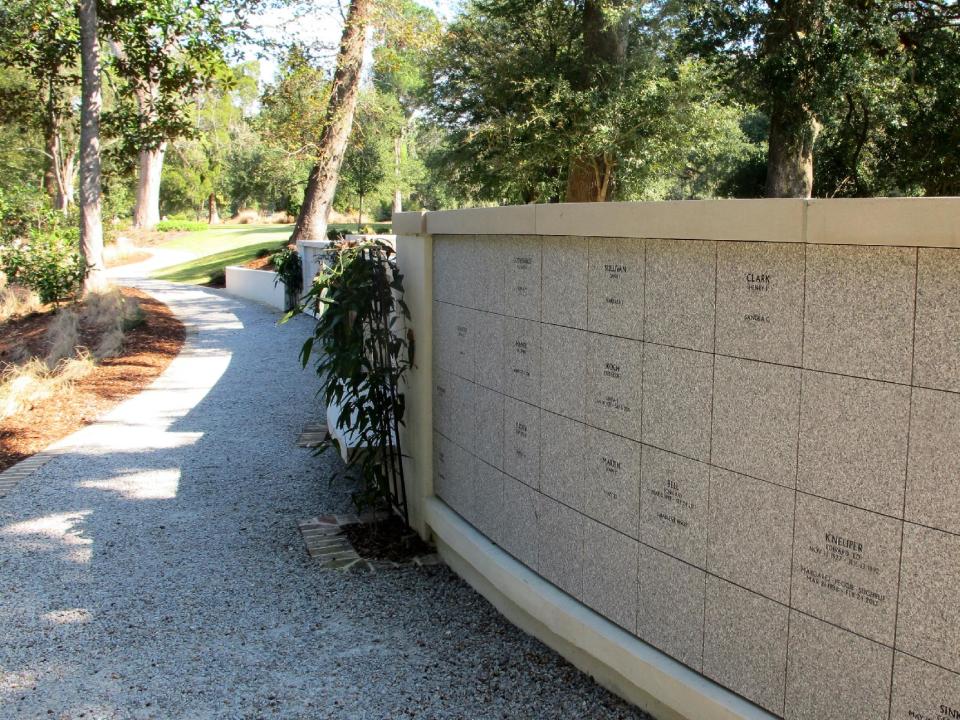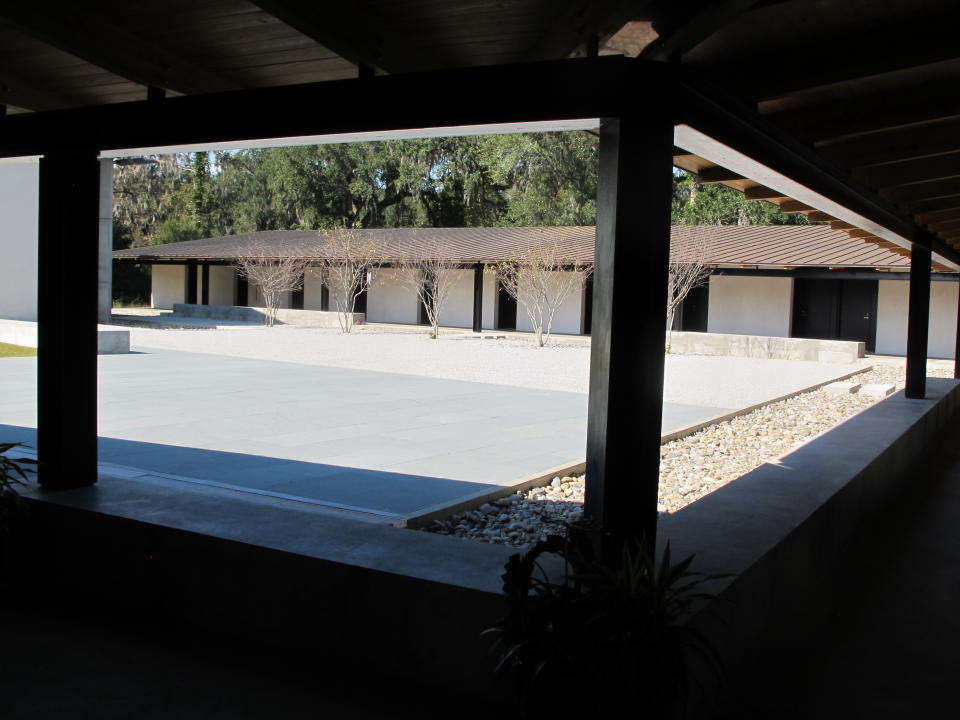New retreat center for visitors at SC abbey
MONCKS CORNER, S.C. (AP) — The daily cycle of work, worship and contemplation at Mepkin Abbey still follows the simple pattern that Trappist monks have observed for a thousand years. But in recent months there have been some changes at the South Carolina monastery near Charleston.
A new retreat center and chapel were dedicated in late August. Also in the summer, the first phase of Mepkin's columbarium, where ashes are interred, was completed.
The community of 15 monks, following the monastic tradition, has always welcomed visitors. But before the completion of the St. Francis Retreat Center, those visitors stayed in worn cottages and a mobile home.
The new retreat center — with its minimalist rooms, constructed only of wood, glass, concrete and steel — has 16 rooms for visitors. It hosts about 1,500 a year, many seeking to experience something of the contemplative life or simply find peace and quiet to reflect.
"It's a place to listen to your heart, to listen to God," Abbot Stan Gumula said.
The abbey, founded in 1949, sits on a tree-lined bluff overlooking the Cooper River about 35 miles from Charleston. It's just outside Moncks Corner — although the town name has nothing to do with the abbey. The town was founded by a man named Thomas Monck in 1728.
The retreat center rooms include a bed, a couple of chairs, a reading light, a desk with a Bible, bare walls and a bathroom. There are no TVs or radios and no cellphone reception inside thanks to the steel roof.
"It's unlike other retreat facility because it's very stark. It's beautiful. It's cut to the essentials," the abbot said.
There's no cost, although most of those who come for visits leave a donation. There is a requirement that during a stay, visitors remain at the abbey. That helps prevent from staying and then driving off to visit Charleston or the beach.
"It's not a tourist destination," Gumula said.
The simple architecture is echoed in the Father Francis Kline Memorial Chapel that stands at one end of the retreat center. No services are held in the chapel named for a former abbot; it is simply for prayer.
Those on retreat are welcome to join the monks in their daily worship at the main abbey church nearby, but there no requirements to do so. Indeed, there's no requirement that visitors be Catholic, or of any religion. Gumula estimates that only about 40 percent of those who stay for retreats at the abbey are Catholic.
Recently, Martin Mullis of Campobello, S.C., was reading in a common room in the retreat center. An ordained Pentecostal minister, he has visited the abbey once a year for a decade.
He's used to the high-energy, praising environment of Pentecostal worship, "but there's not one kind of prayer or worship that's out there," he said. "And the contemplative brings a refreshing renewal of spirit you can't get from high-energy."
"God will talk to you though a lot of noise," he said. But sometimes by getting away to the quiet and praying and reading the Bible, "answers start happening," he added.
The columbarium is in a low wall along a gracefully winding path in one corner of the abbey grounds. Already 165 niches have been sold to people who want their ashes interred at the abbey. Again, there is no requirement they be Catholic.
The columbarium was suggested as another way to augment the income of the monks after they gave up their egg operation.
Nearly seven years ago, the group People for the Ethical Treatment of Animals complained that the monks were operating a factory farm. The abbey later got out of the egg business and began growing mushrooms.
Gumula said that while most of those who have bought niches are local, they have been sold to people from as far away as Oregon, Ohio and Indiana. He said people may find it comforting to have their loved ones interred at the abbey.
"It's a place where there is a praying community," he said. "That draws people."
___
If You Go...
MEPKIN ABBEY: In Moncks Corner, S.C., http://mepkinabbey.org/ . About 30 miles from Charleston. Click "Visit" for details on hours and dates for visiting the grounds, gardens and church; arranging a retreat; or seeing crèches on display at the annual Creche Festival.
